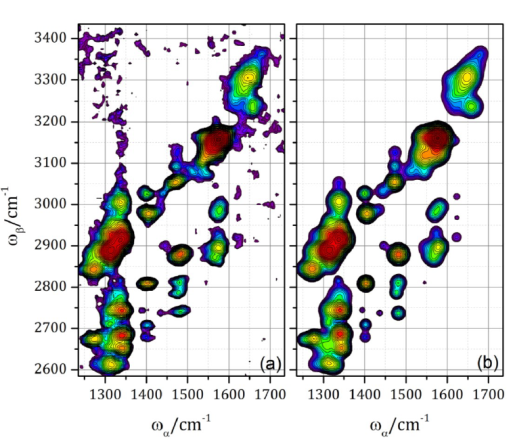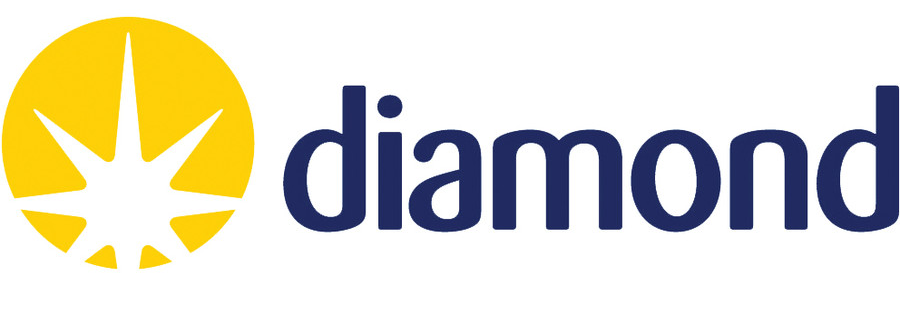INDUSTRIAL COLLABORATIONS
UCB and the University of York (formerly with the University of Strathclyde) - find out more here
Syngenta and the University of York - find out more here
COHERENT CHEMISTRY: ULTRABROADBAND TWO-DIMENSIONAL ELECTRONIC SPECTROSCOPY
An EPSRC funded collaboration between the University of East Anglia (P.I. Steve Meech) and the CLF.
 The two-and-a-half year project, bringing together people and equipment across UEA and the CLF, began in December 2020 to investigate coherence in condensed phase chemical reactions using two-dimensional electronic spectroscopy. The hub for this research will be at the CLF's ULTRA Facility.
The two-and-a-half year project, bringing together people and equipment across UEA and the CLF, began in December 2020 to investigate coherence in condensed phase chemical reactions using two-dimensional electronic spectroscopy. The hub for this research will be at the CLF's ULTRA Facility.
The ULTRA team's aim is to develop the technology to study ultrafast details of reactions in chemistry. This will help us to improve understanding of, and potentially control photochemistry and photobiology, maximizing reactions' efficiency in yield, directing them to desired products. Understanding and controlling reactions in this way has many possible applications, including the potential for improving the efficiency of man-made solar energy. The Laser in development will provide powerful, few-femtosecond, extremely broad spectrum pulses to study these processes, and seed future laser facility capabilities to support many research areas.
Read more here. For more information please contact Greg Greetham.
MOLECULAR STOPWATCH MEASUREMENTS OF DYNAMICS IN CATALYSTS, BATTERY ELECTROLYTES AND IONIC LIQUIDS IN-SITU
The UKRI Future Leaders Fellowship programme for Fellow Paul Donaldson hosted by the Central Laser Facility and the Research Complex at Harwell brings together project partners from CLF, University of Aberdeen, University of Pittsburgh, the UK Catalysis Hub, STFC's Scientific Computing Department and Diamond Light Source.
The FLF grant commenced in 2019. The scheme enables a seven year period of support for Fellow Paul Donaldson and his team of two PDRAs and a staff scientist. The programme centres on:
1) the research and development of new applications of time resolved spectroscopy, in particular 2D-IR and TR-IR in the key areas of heterogeneous catalysis, fuel cell and battery science, and
2) the development of new instruments and techniques in ultrafast time resolved spectroscopy. As the project progresses, the programme aims to draw on this R&D to help the CLF support its user community and support users from Industry.
ANALYSING PROTEIN BINDING TO DRUG FRAGMENTS USING EVV 2DIR SPECTROSCOPY
 A collaboration between Imperial College (P.I. David Klug), CLF and RFI
A collaboration between Imperial College (P.I. David Klug), CLF and RFI
 The project began in August 2020 and was set to establish the analytical application
The project began in August 2020 and was set to establish the analytical application  of EVV 2DIR. EVV 2DIR is a hybrid IR and Raman ultrafast vibrational spectroscopy technique sensitive to vibrational couplings in, and between, molecules which supports analysis of drug/protein contact points and geometry. It has the potential to complement existing analytical techniques with the advantage that works on small volume and non-crystalline samples.
of EVV 2DIR. EVV 2DIR is a hybrid IR and Raman ultrafast vibrational spectroscopy technique sensitive to vibrational couplings in, and between, molecules which supports analysis of drug/protein contact points and geometry. It has the potential to complement existing analytical techniques with the advantage that works on small volume and non-crystalline samples.
The project was carried out using the Ultra Facility with two dedicated PDRA’s: one expert in computation and a second expert in non-linear laser spectroscopy.
For more information please contact Greg Greetham.
This project has finished- it ran from August 2021 to February 2022
PORTO
A portable femtosecond pump-probe facility for dynamic structural science
 The PORTO project was an EPSRC and Diamond Light Source funded collaboration with the Ultra Facility at the CLF and a number of academic institutes. Diamond and CLF were developing and maintaining the laser and the sampling systems with an aim to:
The PORTO project was an EPSRC and Diamond Light Source funded collaboration with the Ultra Facility at the CLF and a number of academic institutes. Diamond and CLF were developing and maintaining the laser and the sampling systems with an aim to:
Provide a versatile, portable, high power, high repetition, femtosecond pulse and  tunable laser to operate on Diamond beam lines and enable time-resolved X-Ray measurements. The spectroscopy and structural science communities will benefit from the project and its focus at CLF and Diamond will strengthen existing links between the research groups and open up the possibility of new collaborations and interactions.
tunable laser to operate on Diamond beam lines and enable time-resolved X-Ray measurements. The spectroscopy and structural science communities will benefit from the project and its focus at CLF and Diamond will strengthen existing links between the research groups and open up the possibility of new collaborations and interactions.
Provide off-line optimization of the irradiation and sampling conditions, such as concentrations of precious samples, of intermediates, flux, fluence and optical pathlengths. This is crucial for maximising the output of time-resolved X-Ray experiments at Diamond.
Provide a test facility for the testing and development of experiments at X-ray free electron lasers (XFELs) in order to study the dynamics of structural change. The X-ray pulses of present and
planned XFELs (20 - 100 fs) open up structural characterization of initial excitation steps and watching the ensuing chemical change.
Time resolved X-Ray spectroscopy and diffraction is fast developing and a complementary approach to “table-top” pump-probe spectroscopy that is increasing our understanding of the dynamics of materials. The core program aims to target science related to structure/property and structure/function correlations in catalysts, sensors and opto-electronic materials.
For more information please contact Greg Greetham and
Andy Dent.
This project has finished- it ran from 2017 to 2021
